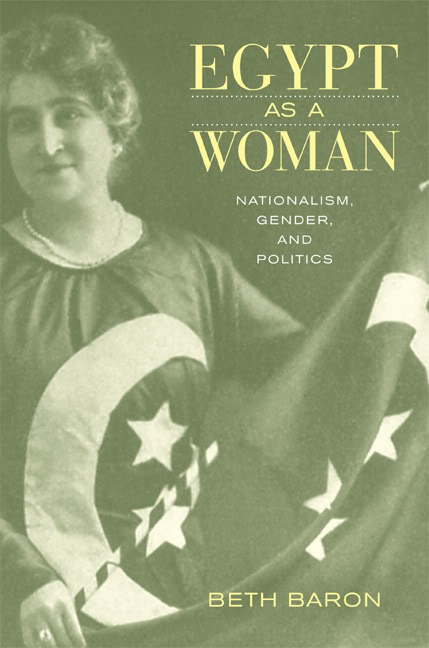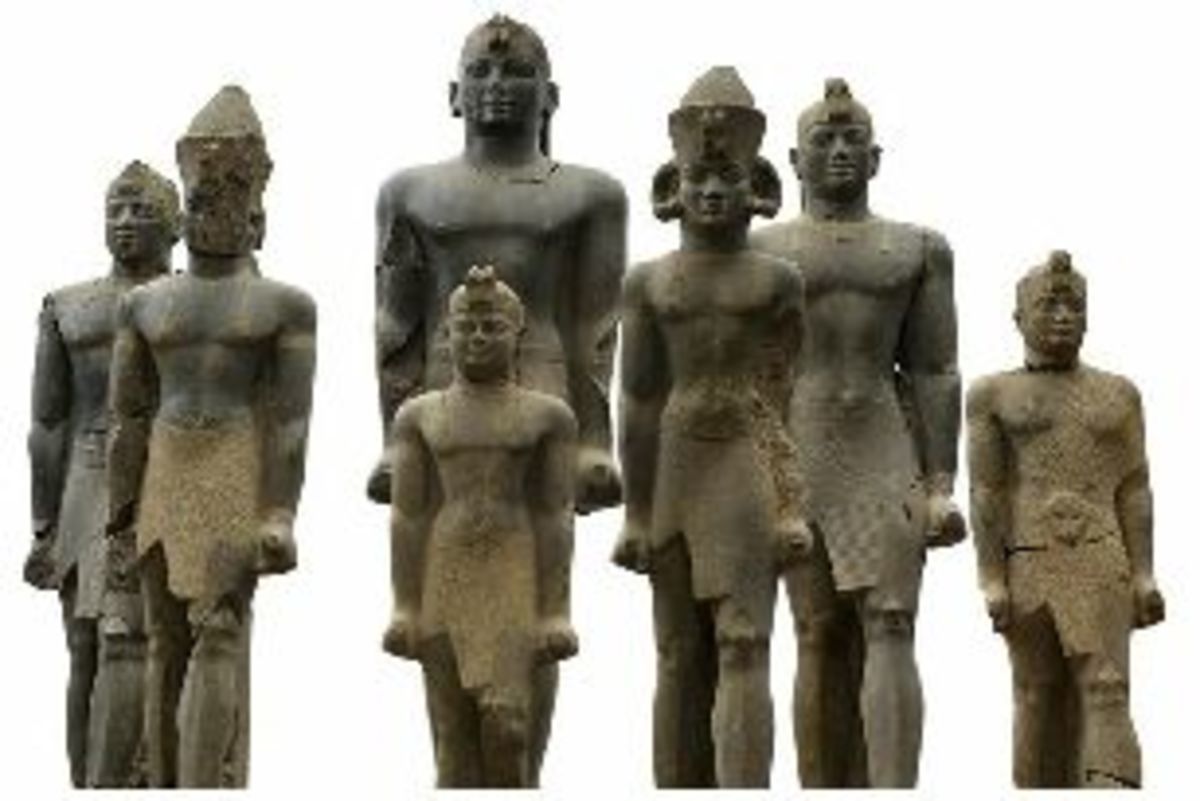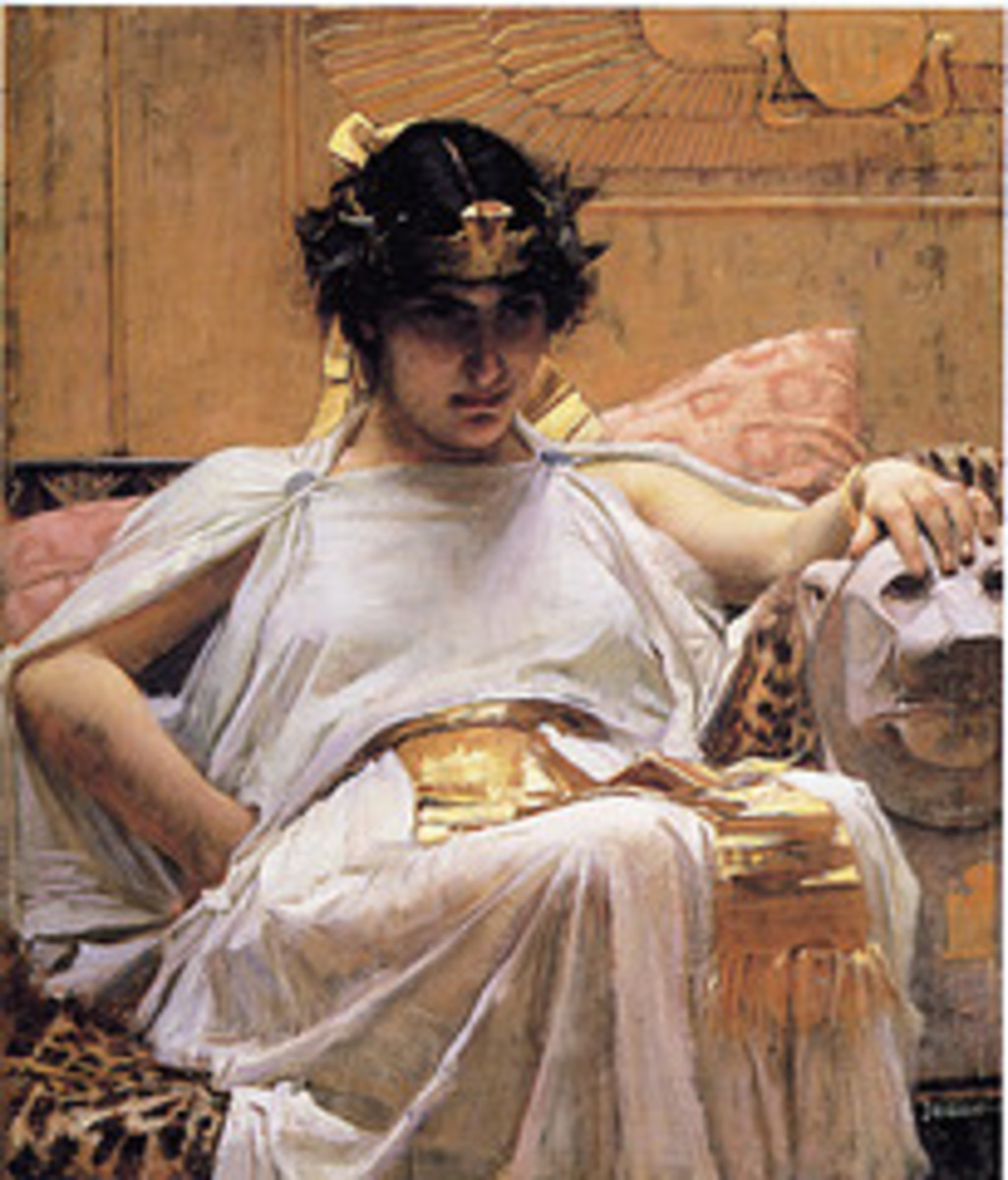- HubPages»
- Education and Science»
- History & Archaeology»
- History of the Middle East
Egypt as a Woman: An Analysis of Beth Baron's Work

The foundations upon which Egyptian nationalist intentions were constructed mirrored the idealized societal structures that Europeans proposed when attempting to convey a sense of order and civility upon those outside of the Western World. Egyptians adopted this colonial practice of manipulating reality, a method termed as “enframing” by Timothy Mitchell, in the hopes of producing a convincing model of a society that, through centuries of oppression, successfully experienced self-awareness and triumphed in achieving independence. The hopes of this picturesque propaganda was to convince both the nation and those abroad of the unified effort of a multi-cultural, multi-ethnic, and multi-religious community in shedding any alien influences and thereby allowing for social solidarity. But the reality of Egyptian nationalism did not reflect the supposedly holistic efforts of the Egyptian population.
In her work, Egypt as a Woman: Nationalism, Gender, and Politics, Beth Baron criticizes the staged representation of the Egyptian nationalist movement by teasing out the reality behind the mythologized role of women during this suggested “united” struggle for independence. What Baron reveals is a gender biased history of patriotism, based mainly upon male produced visual imagery and metaphor, and the general neglect in recognizing the pivotal contributions made by the women of Egypt in the name of nationalism.
The beginnings of the idealized presentation of nationalism are found within the final years of the 1880s, coinciding with the end of the Urabi movement, which stressed the premise of familial, religious, and national honor in the face of foreign occupation and humiliation. Juan Cole discusses the impact that the dissemination of propagated texts and images had in rousing the collective sentiments of an oppressed populace during this attempted social revolution, and foreshadows the importance of these same mechanisms in inspiring national responses to purposefully compiled art, text, and photography thirty years later.
Through gendered metaphors, such as the iconic depiction of Egypt as a woman, notions of protection and preservation -two critical aspects in the tending of a newfound nation- were developed. But, the representation this type of representation, which coincided with the unveiling of Egyptian women, was not the only method of representing a country driven towards independence. While other imagery included that of peasants, which conveyed a long-established relationship to the land, early photography mainly focused on religious and ethnic minorities, stressing the social cohesiveness of a diverse people. These representations were provided through revolutionary technologies, aided in the composition of a collective memory and a national narrative.
The impression provided by Egyptian visual culture during the early 20th century suggested a mutually dependent population, striving for independence and self-awakening. The reality was although far different. Women, as Baron argues, were easily placed upon a pedestal to be honored in the name of nationalism if directed by the male elite. Yet, women of elite status, who served as political players, became underrepresented in most historic accounts of concerned events. Always, they could serve unchallenged as supporters to their politically ambitious husbands, yet faced belittling when they embarked upon independent political actions such as public demonstrations, boycotts, and petitions.
This is overall the crux of Baron’s argument: women were bestowed the honor as representing Egypt as a nation, yet excluded from the male dominated political sphere. Supported by the press, who actively documented most “nation-building” contributions made, women were able to shape public opinion and promote their own social and political agendas. Those who did not follow the path of secular nationalism, still organized influential movements, such as Islamic nationalism, and placed themselves strategically in the public eye, thereby managing some measure of influence on the way they were perceived by the public. Still, in the end, the majority of female participants were memorialized simply as a symbol of nationalism, and not as catalysts of the idea.
Collective memory has therefore been proven a malleable ideal, reflective of gender tensions and social inequalities. Unlike Juan Cole, who stresses the importance of the middle class and guild worker in directing cooperative action towards the ultimate goal of nationalism and independence, Baron focuses on the more accurately documented political realm, which was a sphere of society generally only occupied by the elite. The historic narrative of a nation united for the hopes of a sovereign existence is therefore an idealized depiction of reality, in which the relatively few manipulate the perceptions of the past, the views of the present, and the path of the future for the masses.
Copyright Lilith Eden 2011. All Rights Reserved.









